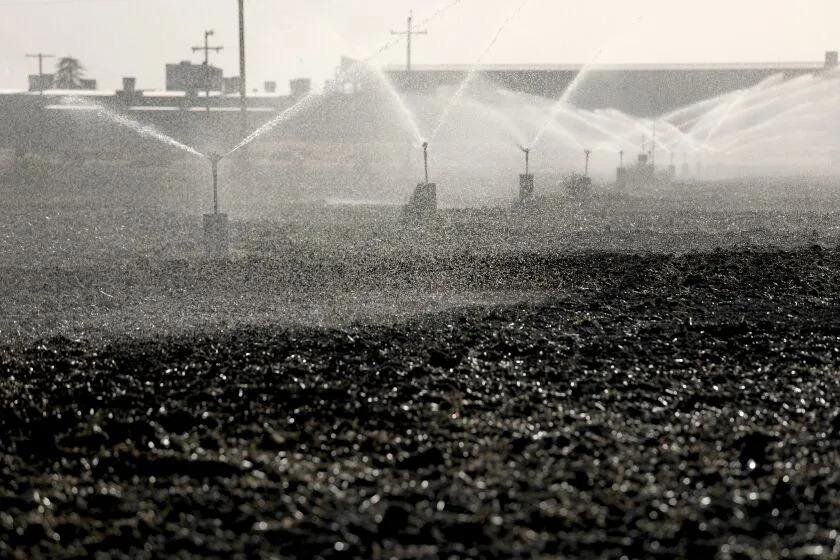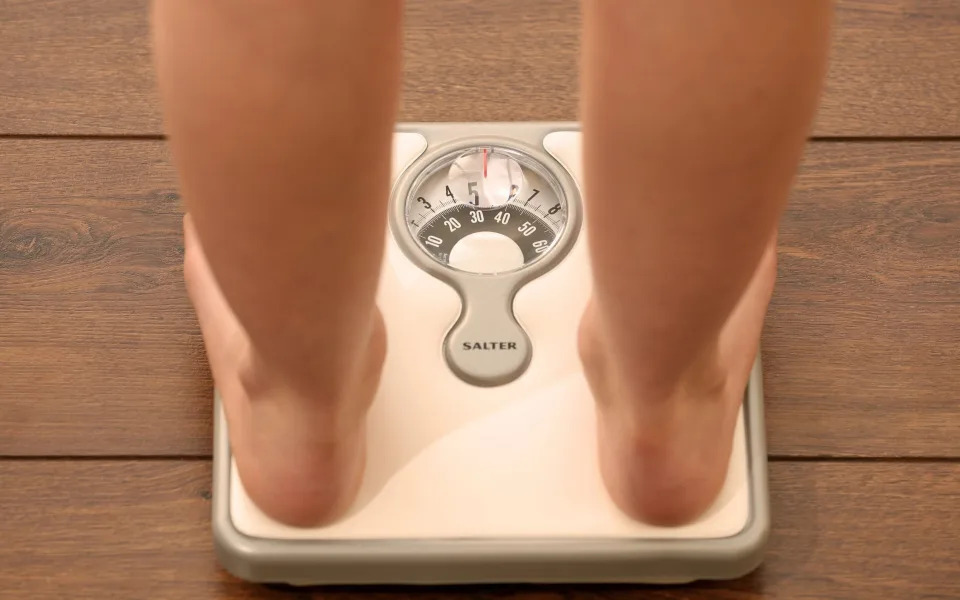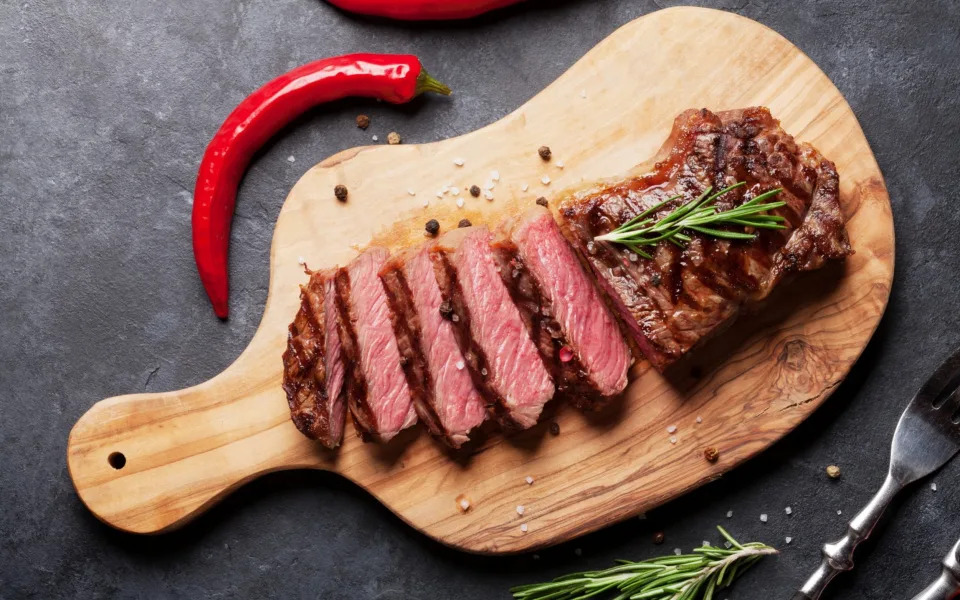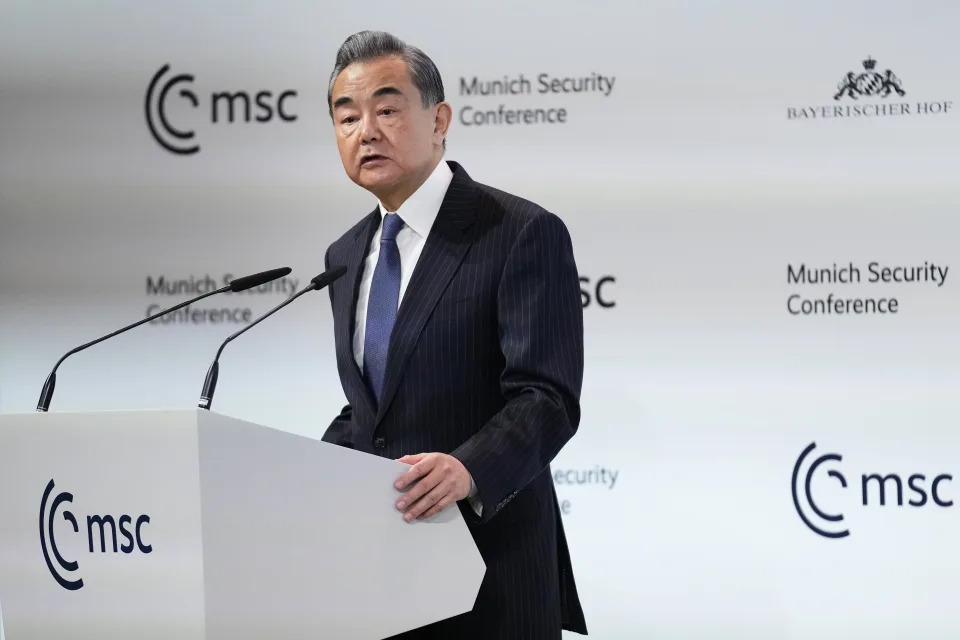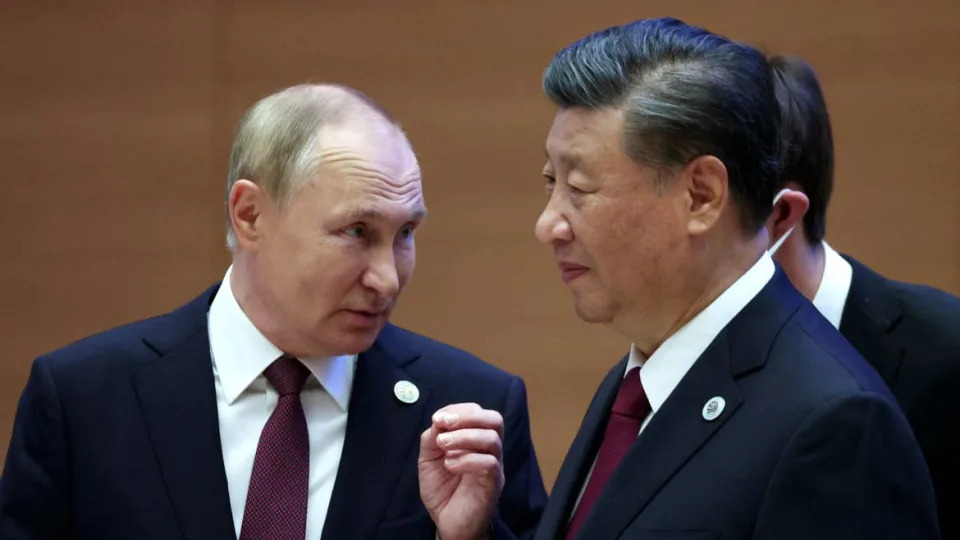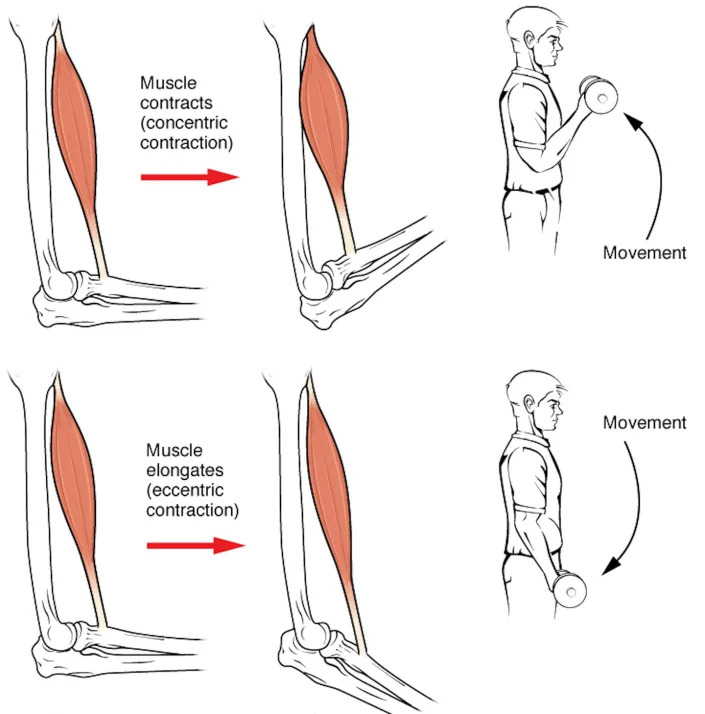Associated Press
Putin’s Ukraine gamble seen as biggest threat to his rule
Andrew Katell – February 20, 2023
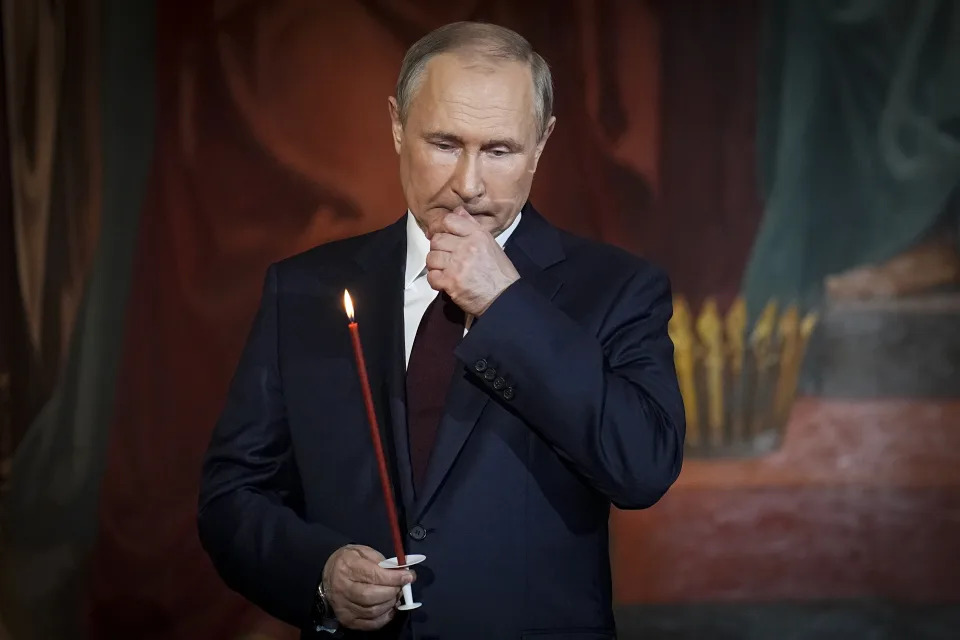
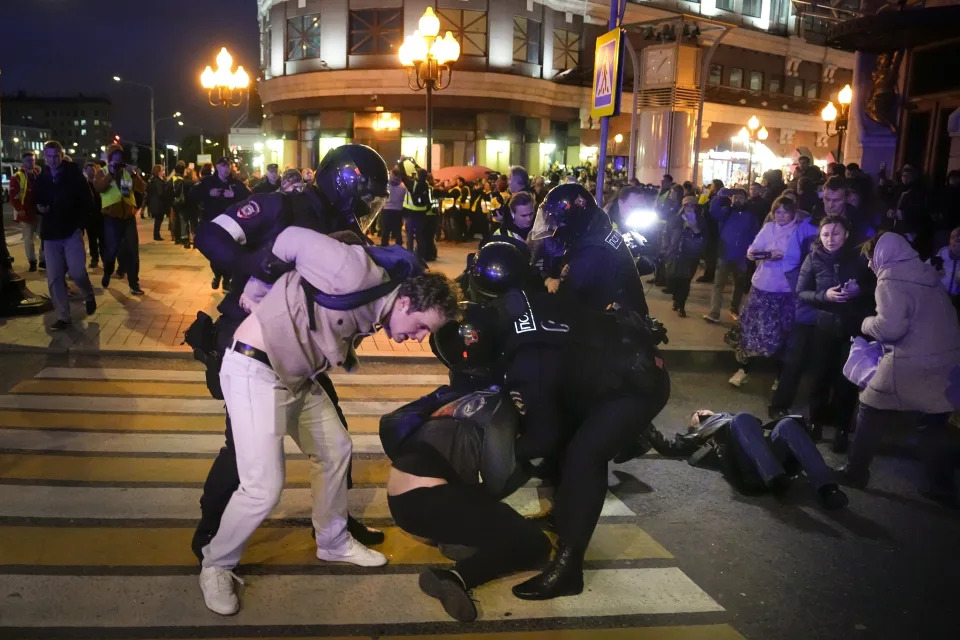
Vladimir Putin says he learned from his boyhood brawls in his native St. Petersburg: “If you want to win a fight, you have to carry it through to the end, as if it were the most decisive battle of your life.”
That lesson, cited in the most recent biography of the Russian president, seems to be guiding him as his invasion of Ukraine suffers setbacks and stalemates. The Kremlin strongman, who started the war on Feb. 24, 2022, and could end it in a minute, appears to be determined to prevail, ruthlessly and at all costs.
Stoking his countrymen this month on the 80th anniversary of the Battle of Stalingrad that turned around Moscow’s fortunes in World War II, he said: “The willingness to go beyond for the sake of the Motherland and the truth, to do the impossible, has always been and remains in the blood, in the character of our multiethnic people.”
But so far, Putin’s gamble in invading his smaller and weaker neighbor seems to have backfired spectacularly and created the biggest threat to his more than two-decade-long rule.
HISTORY AND MODERN ROADBLOCKS
He began the “special military operation” in the name of Ukraine’s demilitarization and “denazification,” seeking to protect ethnic Russians, prevent Kyiv’s NATO membership and to keep it in Russia’s “sphere of influence.” While he claims Ukraine and the West provoked the invasion, they say just the opposite — that it was an illegal and brazen act of aggression against a country with a democratically elected government and a Jewish president whose relatives were killed in the Holocaust.
Putin laid the foundation for the invasion with a 5,000-word essay in 2021, in which he questioned Ukraine’s legitimacy as a nation. That was only the latest chapter in a long obsession with the country and a determination to correct what he believes was a historical mistake of letting it slip from Moscow’s orbit. He reached back three centuries, to Peter the Great, to support his quest to reconquer rightful Russian territory.
But rectifying history soon hit modern roadblocks.
“Literally everything that he set out to do has gone disastrously wrong,” said British journalist Philip Short, who published his biography, “Putin,” last year.
Despite armed interventions in Chechnya, Syria and Georgia, Putin overestimated his military and underestimated Ukrainian resistance and Western support. Russian media try to boost his authority with images of a bare-chested Putin riding a horse, shooting at a military firing range and dressing down government officials on TV, but the war has exposed his shortcomings and the weakness of his military, intelligence services and some economic sectors.
Ukrainian forces have liberated more than half the territory Russia seized. The war has killed tens of thousands on both sides, caused widespread destruction, and induced not only Ukraine but Sweden and Finland to seek NATO membership. It has increased the security threat to Russia and scuttled decades of Russia’s integration with the West, bringing international isolation.
Increasingly, Putin seems to be improvising in a conflict much longer and more difficult than he expected. For example, he’s threatened to use nuclear weapons, then backed off. The strategy is familiar from his lifelong passion, judo: “You must be flexible. Sometimes you can give way to others if that is the way leading to victory,” Putin recounted in flattering 2015-17 interviews with American director Oliver Stone.
In Putin’s view, an aggressive West wants to crush Russia. His narrative, along with increasingly repressive measures to stifle domestic dissent, has galvanized patriotic support among many of his countrymen. But it runs up against an inefficient, top-down power structure inherited from the Soviet Union, against the interconnected world’s porous borders, and against the sacrifices Russians are suffering firsthand.
AN ERRATIC BUT DETERMINED LEADER
In interviews with The Associated Press, Short, other analysts and a former Kremlin insider describe the 70-year-old Putin as an erratic, weakened leader, rigid and outdated in his thinking, who overreached and is in denial about the difficulties.
They say he seems concerned about waning, though still strong, domestic public opinion — albeit from unreliable polls. Mostly isolated due to COVID-19 concerns and his personal security, Putin speaks with a small set of advisers, but they appear reluctant to provide honest assessments.
Observers see a long, grinding war that Putin is determined to win, with his way out hard to predict.
“It’s not Putin that rules Russia. It’s circumstances which rule Putin,” said Tatiana Stanovaya, senior fellow of the Carnegie Endowment for International Peace.
Short believes the Kremlin leader “has painted himself into a corner. … He will be looking for ways to push ahead, but I don’t think he’s found them.” Giving up is unlikely, Short said, recalling that “his character was always to double down and fight harder.”
Fiona Hill, who served in the past three U.S. administrations and is a senior fellow at the Brookings Institution, believes Putin wanted to win quickly in Ukraine, install a new president in Kyiv and force it to join Belarus in a Slavic union with Russia. A successor would run Russia, she said, with Putin elevating himself to lead the larger alliance.
But now, according to Stanovaya, “It feels like there is not any hopes that the conflict can be solved any other way than militarily. And this is scary.”
WHAT’S AHEAD
Analysts see several scenarios for Putin, depending on battlefield developments. The scenarios, not mutually exclusive, range from what could be his biggest nightmare — a coup or uprisings like those he saw as a KGB agent in East Germany in 1989, in the USSR in 1991 or Ukraine in 2004 and 2014 — to winning reelection next year. That would extend what is already the longest rule of any Kremlin leader since Josef Stalin.
Dmitry Oreshkin, a political analyst and professor at Free University in Riga, Latvia, said Putin could revise his goals in Ukraine, declaring he achieved them by establishing a land corridor from Russia to Crimea and taking over the Donetsk and Luhansk regions in the east. Then he could announce, “We punished them. We showed them who is the boss in the house. We have defeated all NATO countries,” Oreshkin added.
But Kyiv has shown no willingness to cede territory, and for Putin to sell this as a victory, Orsehkin believes “he needs to convince himself that he defeated Ukraine. And he understands better than anyone that, in fact, he lost.”
As military setbacks mount, Russians are withdrawing morally and psychologically, and thinking, “Yes, we see that something is wrong in the war, but we do not want to know,” according to Oreshkin.
Such tuning out, along with economic hardships, could blow back on Putin, he said, perhaps this spring, as Russians ask, “You promised victory, so where is it?”
Former Putin speechwriter Abbas Gallyamov said the Russian president doesn’t admit mistakes or defeats, and “desperately needs a victory just to prove the point that he’s a strongman.”
Even some in the military are turning critical, he said.
“When he becomes hated by more than half — and we’re driving in this direction — the chances for a coup, elite coup, military coup, will increase,” Gallyamov said, giving a timeline of 2024 “plus a couple of years.”
Stanovaya and Short believe no uprising is imminent.
“Even if people are suffering, and they can be discontented and angry, there is no way to make it political,” Stanovaya said.
Gallyamov sees a way out for Putin if he can gain recognition of “new territories, plus a declaration of NATO that it stops expansion, for example, or Ukrainian introduction into their constitution of their neutral status … or their declaration that Russian will be the second official language.”
DEATH OR SUCCESSION
Another possibility is Putin dying in office, but CIA Director William Burns is skeptical.
“There are lots of rumors about President Putin’s health, and as far as we can tell, he’s entirely too healthy,” Burns, a former U.S. ambassador to Moscow, told the Aspen Security Forum in Colorado in July.
Short said Putin has established such tight security controls and rival power centers that he’s more likely to suffer “a totally unanticipated heart attack than to be overthrown by the people around him.”
He and Hill believe Putin will eventually look for a successor. Gallyamov lists “technocrats” such as Moscow Mayor Sergei Sobyanin and Prime Minister Mikhail Mishustin as possibilities. Hill said Dmitry Medvedev, whom Putin tapped as president from 2008 to 2012, “seems to be auditioning for that role again.”
For the moment, Putin remains very much in charge. In his authorized 2000 biography, he noted: “There are always a lot of mistakes made in war. … You have to take a pragmatic attitude. And you have to keep thinking of victory.”
When a reporter asked him in December if his “special military operation” in Ukraine has been taking too long, Putin replied with a Russian idiom about big goals being achieved incrementally: “The hen pecks grain by grain.”


